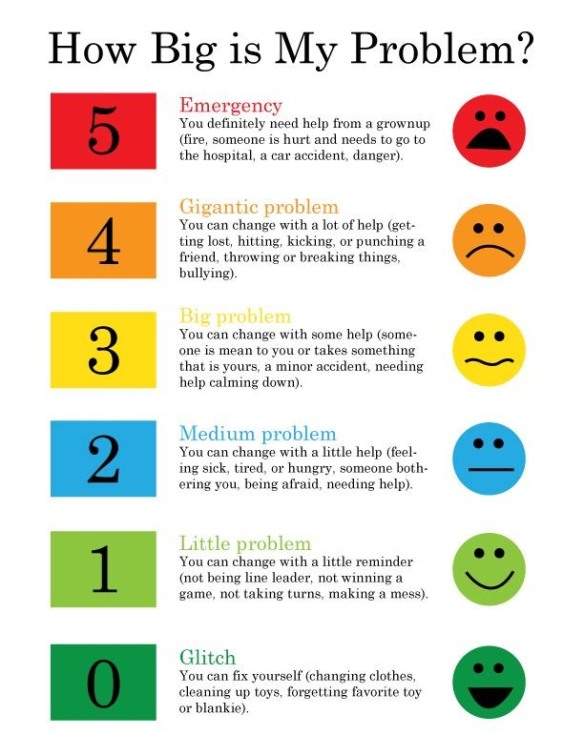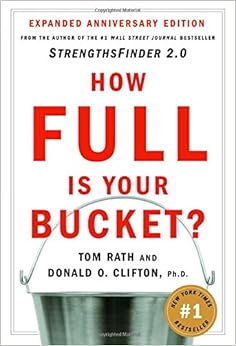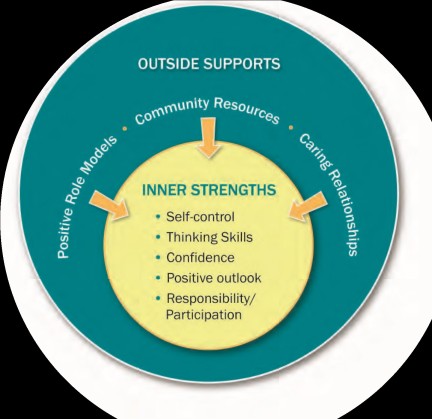As, I work with children I have noticed that some adults generally refrain from talking to children. I am a big proponent of encouraging adults to talk to kids and forge relationships when they can, the benefits of doing this are great for children in a variety of ways.
What Can Adults Do?
Adults can play a major role in children’s ability to identify, understand, and express emotions in a healthy way. The following strategies are key in fostering emotional literacy in young children:
Express Your Own Feelings. One way to help children learn to label their emotions is to have healthy emotional expression modeled for them by the adults in their lives. For example, a teacher who knocked over all the glitter can say, “Oh boy, is that frustrating. Oh well, I’d better take a deep breath and figure out how to clean it up.” Or a parent who just got word that she got a promotion at work can say, “Wow! I am so excited about this! I feel proud of myself for working so hard.” Parents, teachers, and child care providers can make a point to talk out loud about their feelings as they experience them throughout the day.
Label Children’s Feelings. As adults provide feeling names for children’s emotional expressions, a child’s feeling vocabulary grows. Throughout the day, adults can attend to children’s emotional moments and label feelings for the children. For example, as a child runs for a swing, another child reaches it and gets on. The first child begins to frown. The teacher approaches her and says, “You look a little disappointed about that swing.” Or a boy’s grandmother surprises him by picking him up at child care. The boy screams, “Grandma!” and runs up to hug her. The child care provider says, “Oh boy, you look so happy and surprised that your grandma is here!” As children’s feeling vocabulary develops, their ability to correctly identify feelings in themselves and others also progresses.
Play Games, Sing Songs, and Read Stories with New Feeling Words. Adults can enhance children’s feeling vocabularies by introducing games, songs, and storybooks featuring new feeling words. Teachers and other caregivers can adapt songs such as “If you’re happy and you know it” with verses such as “If you’re frustrated and you know it, take a breath”; “If you’re disappointed and you know it, tell a friend”; or “If you’re proud and you know it, say ‘I did it!’” The following are some examples of games young children can play.
• Adults can cut out pictures that represent various feeling faces and place them in a container that is passed around the circle as music plays. When the music stops, the child holding the container can select a picture designating an emotion and identify it, show how they look when they feel that way, or describe a time when he or she felt that way. To extend this fun activity, give the children handheld mirrors that they can use to look at their own feeling faces.
• Children can look through magazines to find various feeling faces. They can cut them out and make a feeling face collage. Adults can help the children label the different feeling faces.
• Children and adults can play “feeling face charades” by freezing a certain emotional expression and then letting others guess what the feeling is. To extend this activity, ask the children to think of a time that they felt that way.
• In the mornings, have children “check in” by selecting a feeling face that best represents their morning mood. At the end of the day, have children select again, and then talk about why their feeling changed or stayed the same.
• Finally, the teacher can put feeling face pictures around the room. Children can be given child-size magnifying glasses and told to walk around looking for different feeling faces. When they find one, they can label it and tell about a time they felt that way. With a little creativity, teachers and other caregivers can play, adapt, or develop new games, songs, and stories to teach feeling words. Source
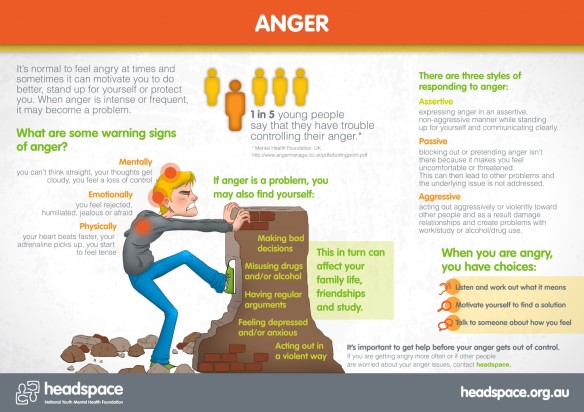
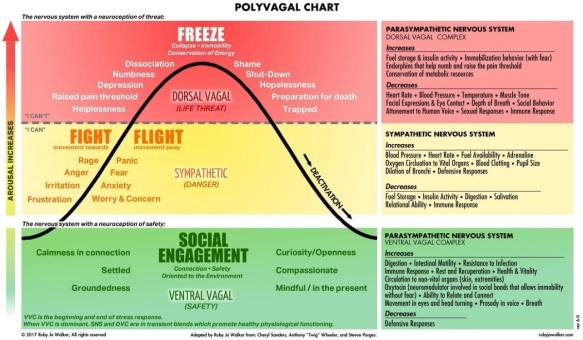 Anger – Article
Anger – Article



